BALLISTIC EVIDENCE
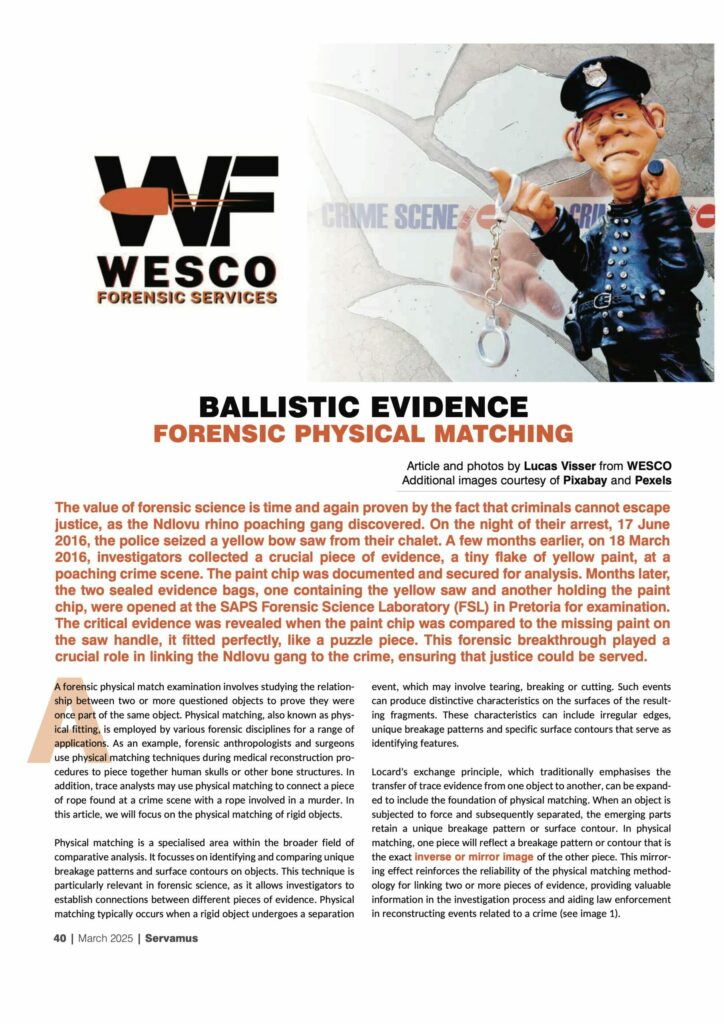
Article and photos by Lucas Visser from WESCO
The value of forensic science is time and again proven by the fact that criminals cannot escape justice, as the Ndlovu rhino poaching gang discovered…
WRITTEN IN BLOOD
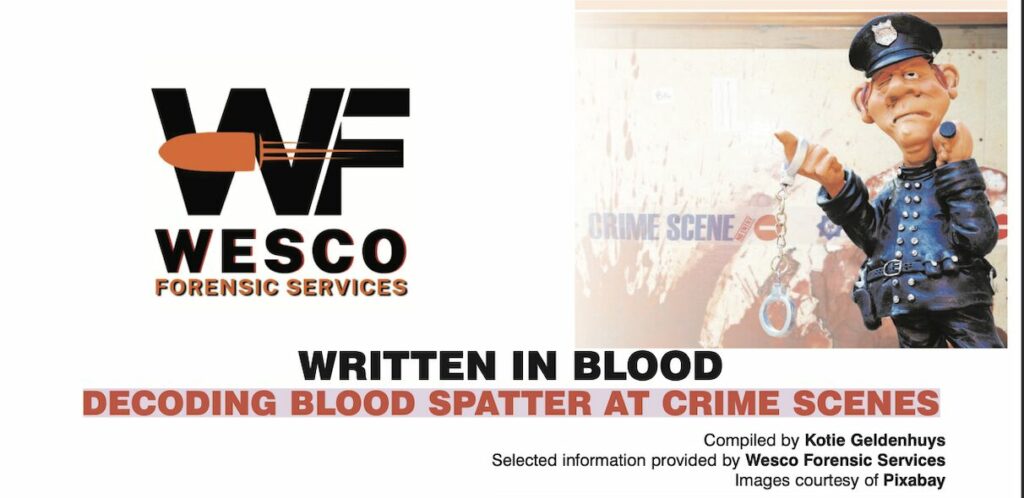
Blood spatter and bloodstains on crime scenes tell a story of violence, force and movement.
Bloodstain pattern analysis can offer crucial insights into how a crime was committed. In the Henri van Breda case, blood spatter expert former Capt Marius Joubert testified that the blood patterns did not align with Henri van Breda’s version of events. Read more in this captivating article!
Wesco News Letter February 2025

In this Edition:
*Shout out from our CEO Jannie Van Der Westhuizen.
*Why should I be interested in forensics?
*What’s New? Revolutionizing Animal Identification with Biometrics and Cell Phone Technology!
Unraveling Mysteries, One Clue at a Time
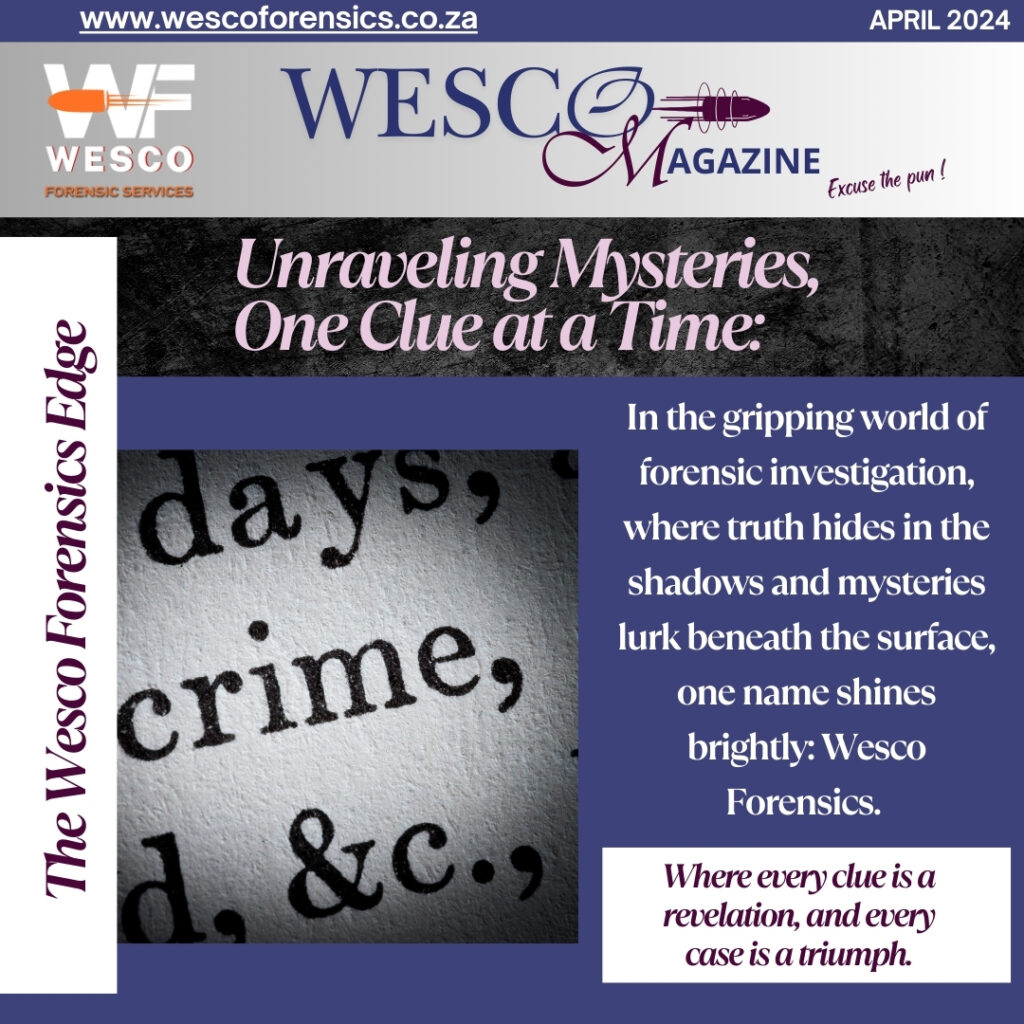
In the gripping world of forensic investigation, where truth hides in the shadows and mysteries lurk beneath the surface, one name shines brightly: Wesco Forensics.
Crime Scene Management
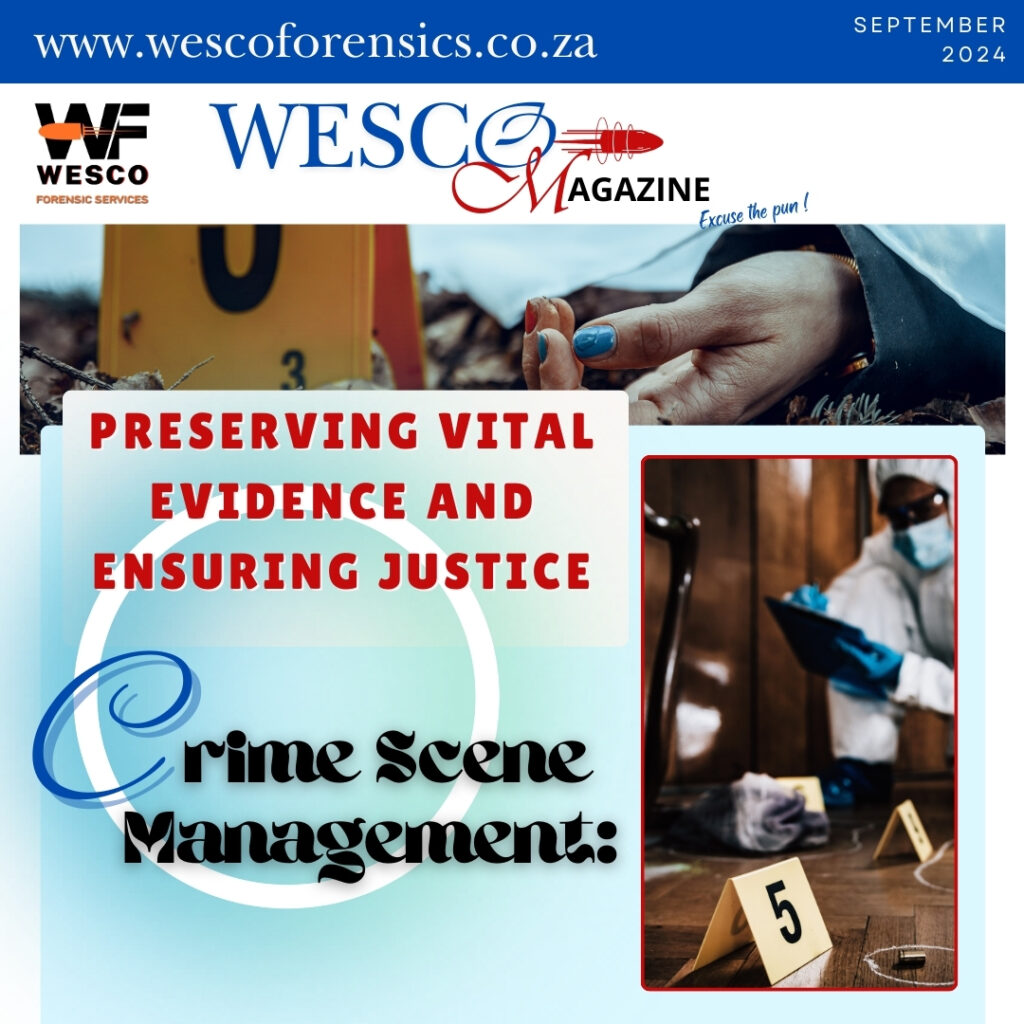
Crime scene management begins the moment an incident occurs. The public and first responders play a crucial role in ensuring the integrity of the scene. While advanced forensic technology can analyze evidence in remarkable detail, the value of such analysis is quickly lost if the crime scene is not properly preserved from the outset. Even the slightest disturbance to evidence—whether visible or microscopic—can compromise its use in court.
DNA – Our Unique Blueprint
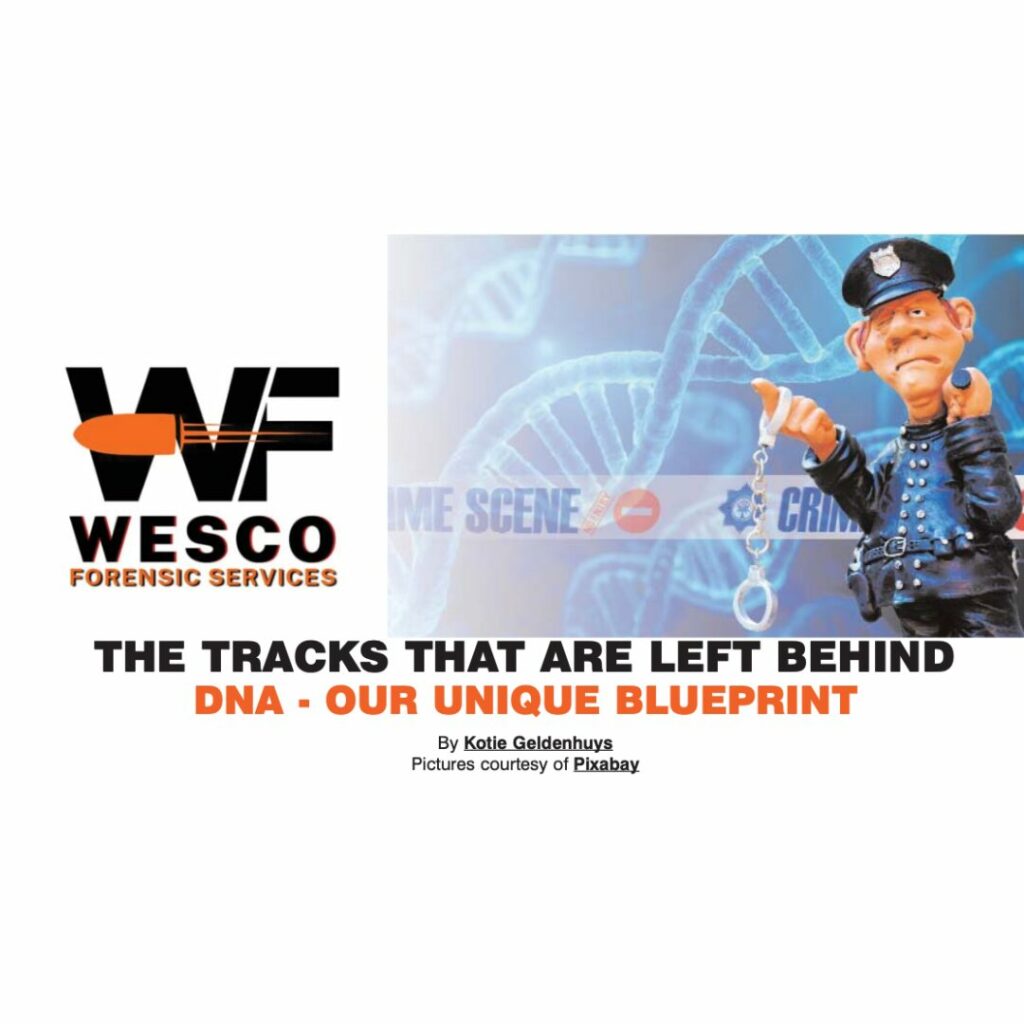
DNA and fingerprints are unique to each individual, much like a signature that cannot be faked. DNA, or deoxyribonucleic acid, is often described as the “blue print of life,” because it contains all the information that an organism requires to function and for
reproduction. Each molecule contains a
genetic code that is specific to one person, except in the case of identical twins.
THE TRACKS THAT ARE LEFT BEHIND
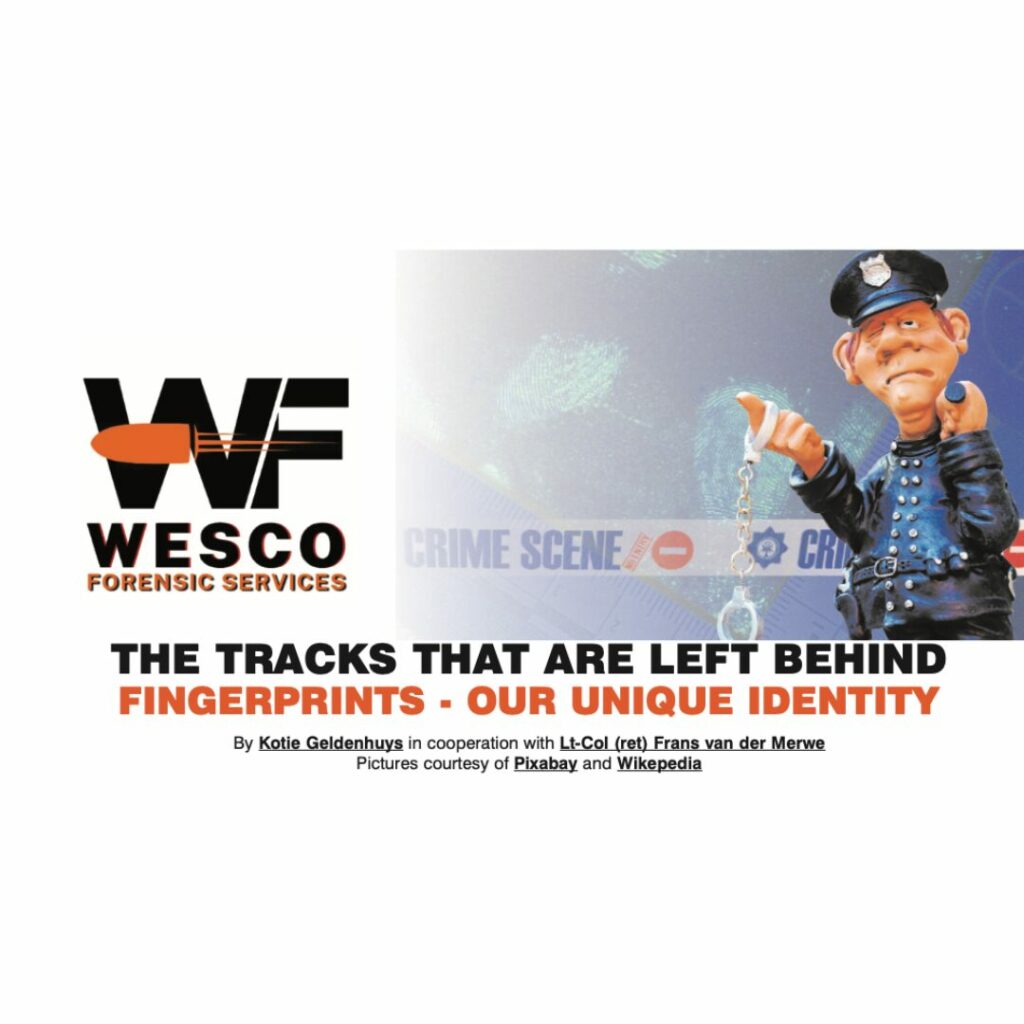
Fingerprints are a highly reliable method of identifying people. They are used in the
process of obtaining identity documents and
passports; providing biometric security
(such as access control to secure areas or systems); identifying unknown deceased persons; and playing a crucial role in criminal investigations by confirming or disproving a person’s identity.
Newsletter Nov/Dec 2024

Read the latest news from the Wesco team as we close the year of 2024. It’s been a wonderful year.
* Read a word from our CEO and founder, Wessie van der Westhuizen.
* We Welcome new members to the team so be sure to see who they are!
* Take a sneak peek into 2025 with all the training we offer!
October 2024 Forensic Science Newsletter | Expert Insights and Investigations

Explore the latest in forensic science and investigation services with our October 2024 newsletter. Dive into expert insights, radio talks, and updates from the world of private investigators.
Mastering Crime Scene Management: Essential Techniques and Procedures
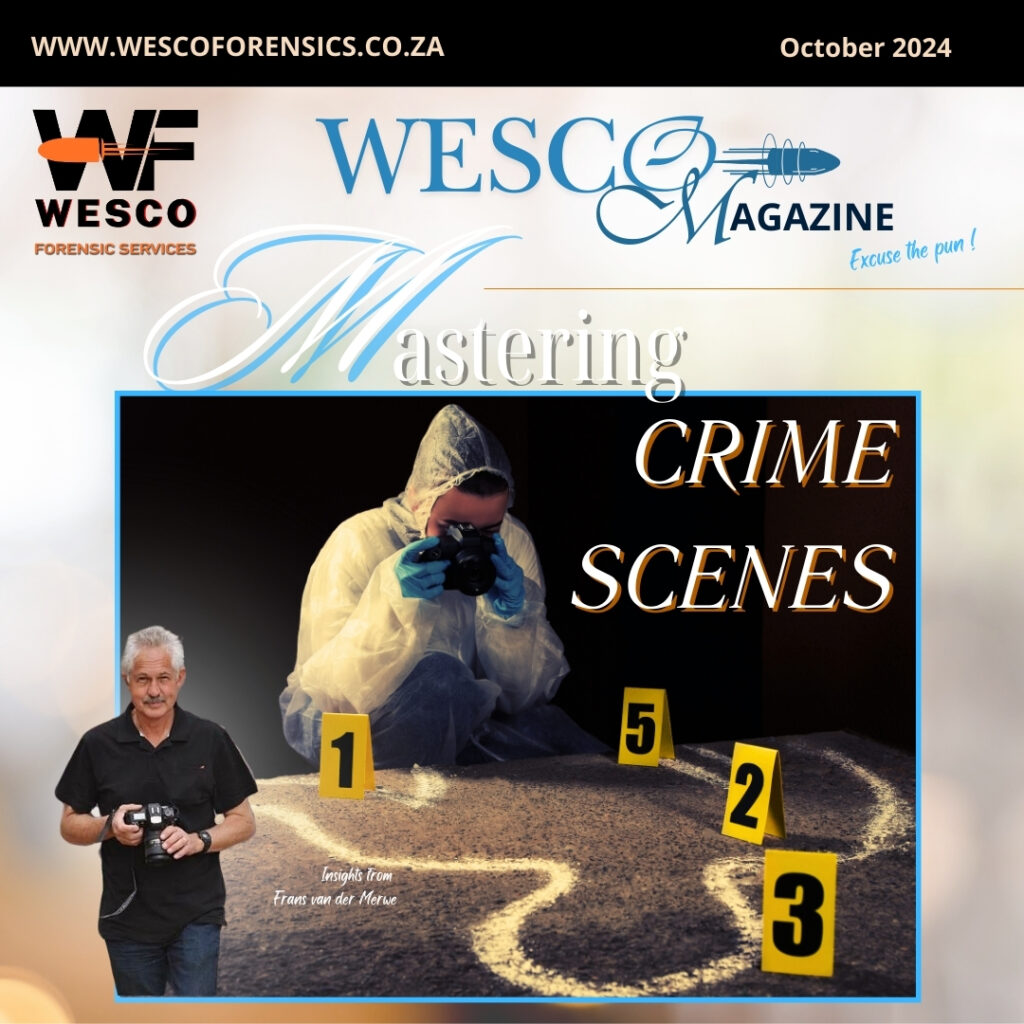
Discover expert techniques for mastering crime scene management, ensuring proper evidence handling and accurate investigation outcomes. Learn the crucial steps that every forensic professional must know.

